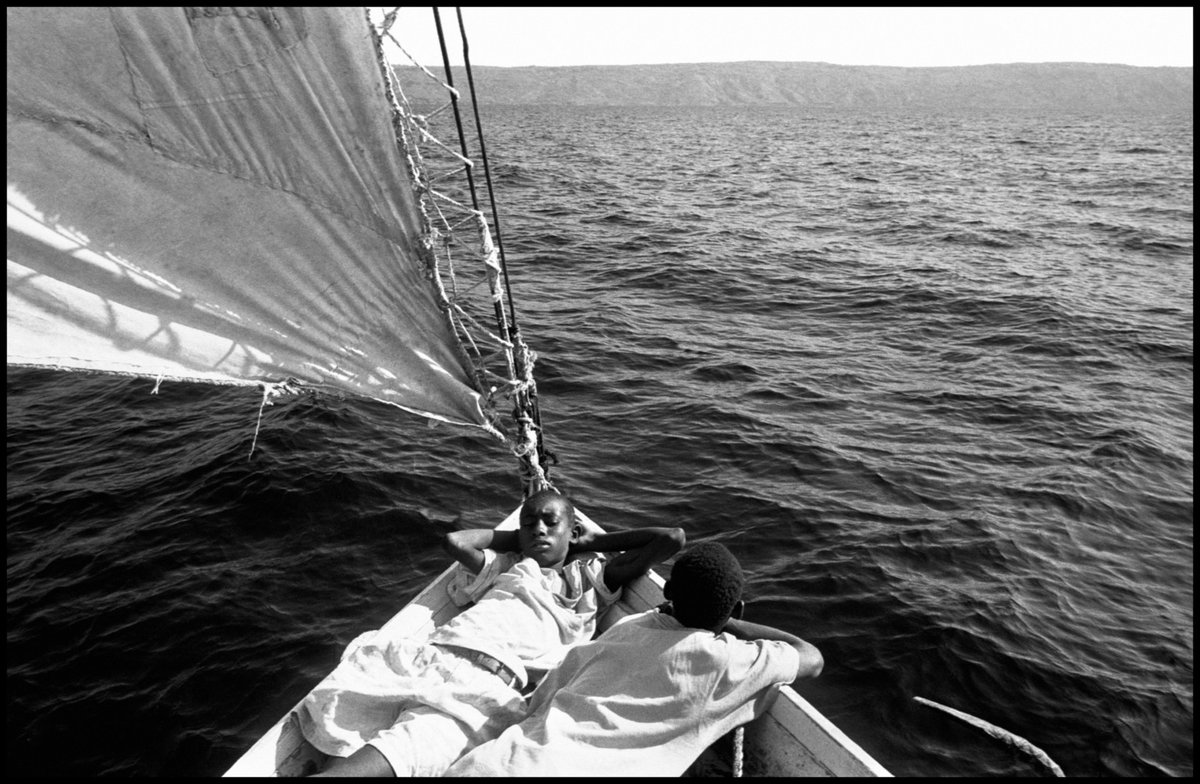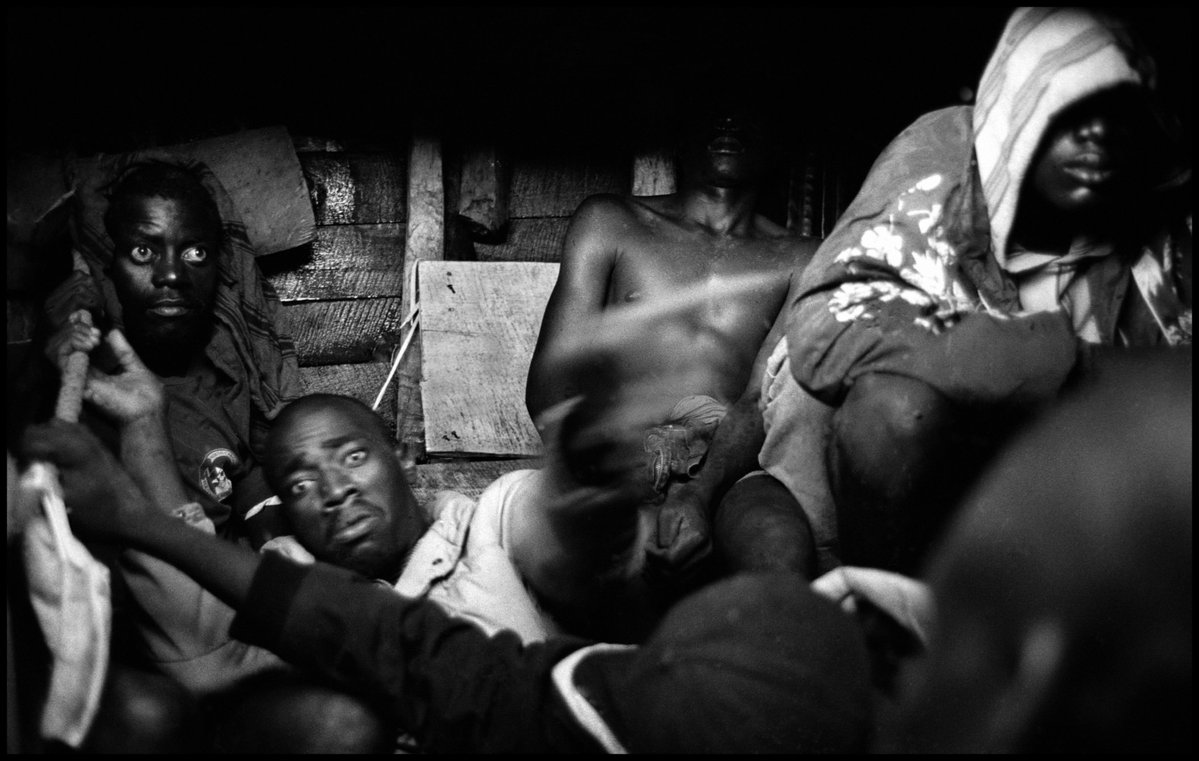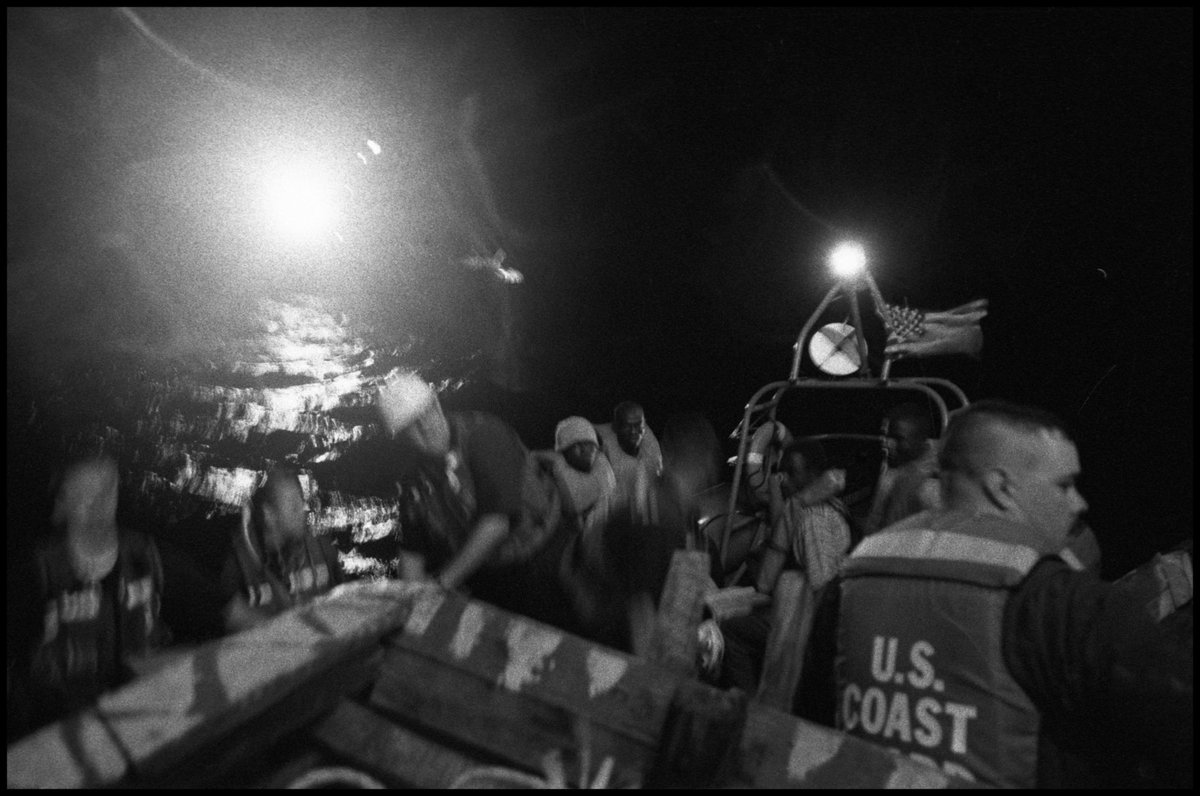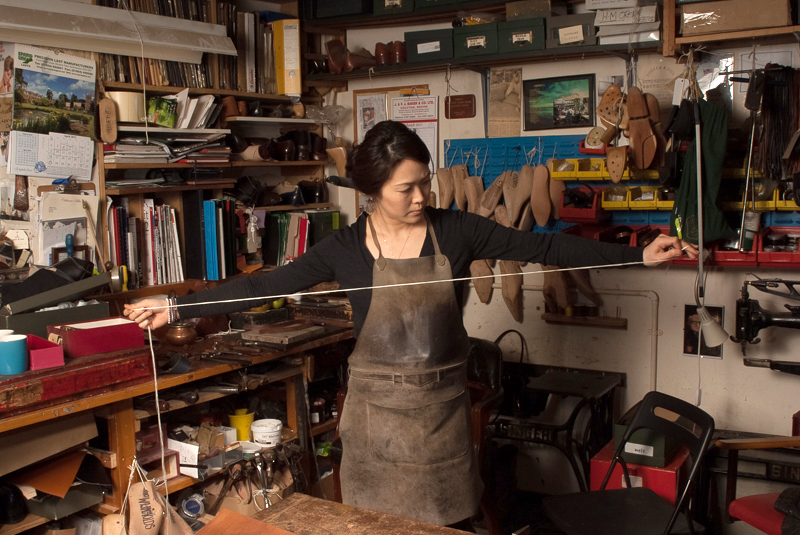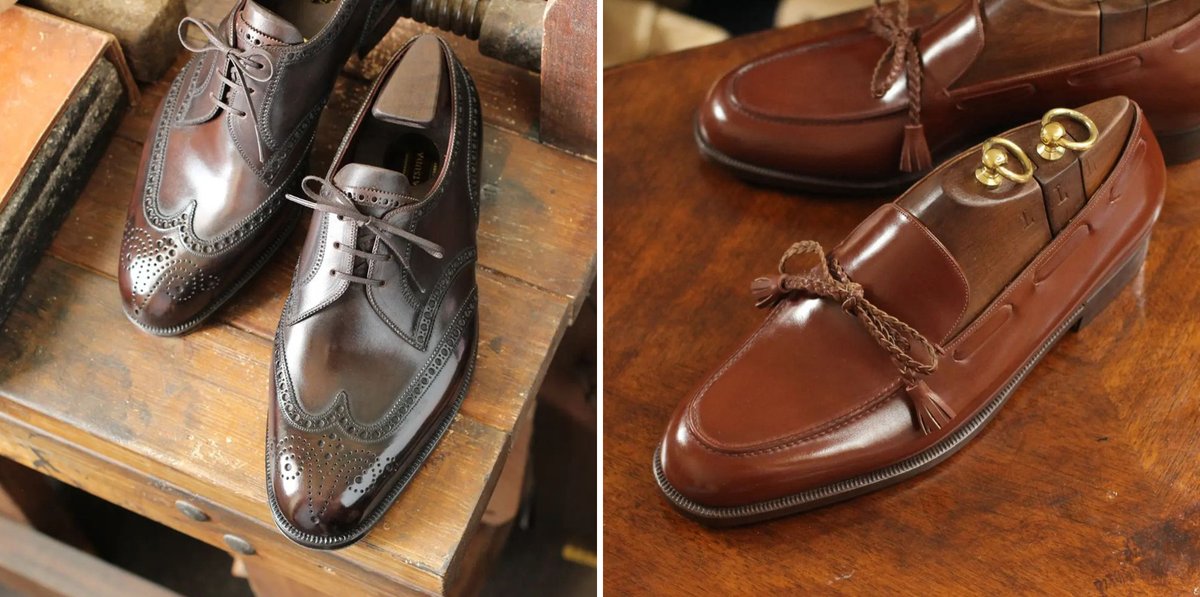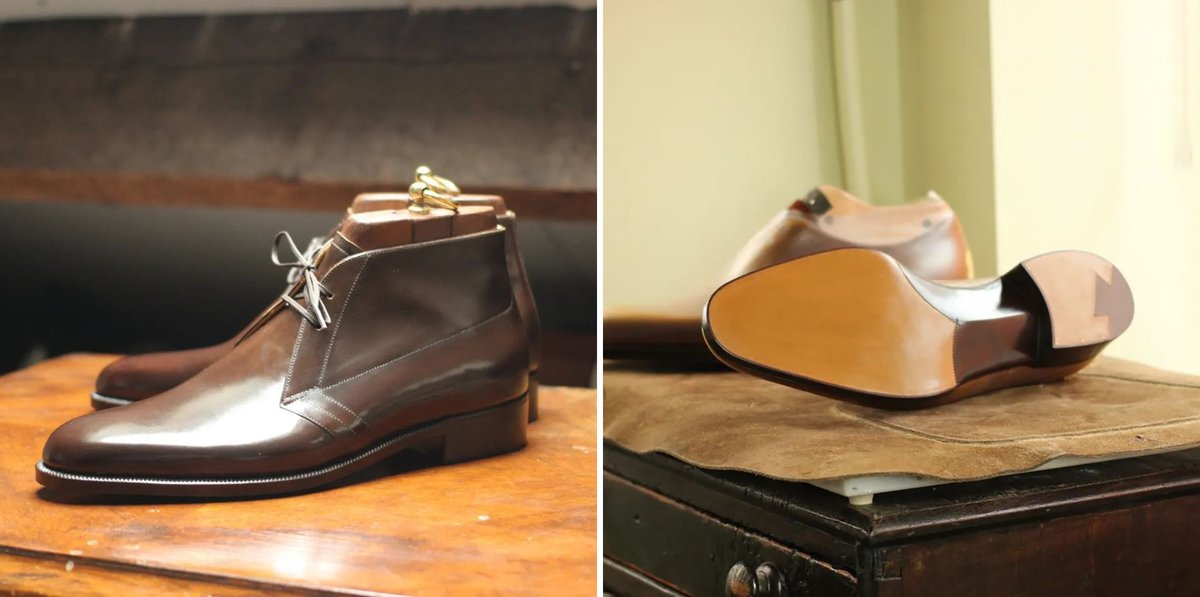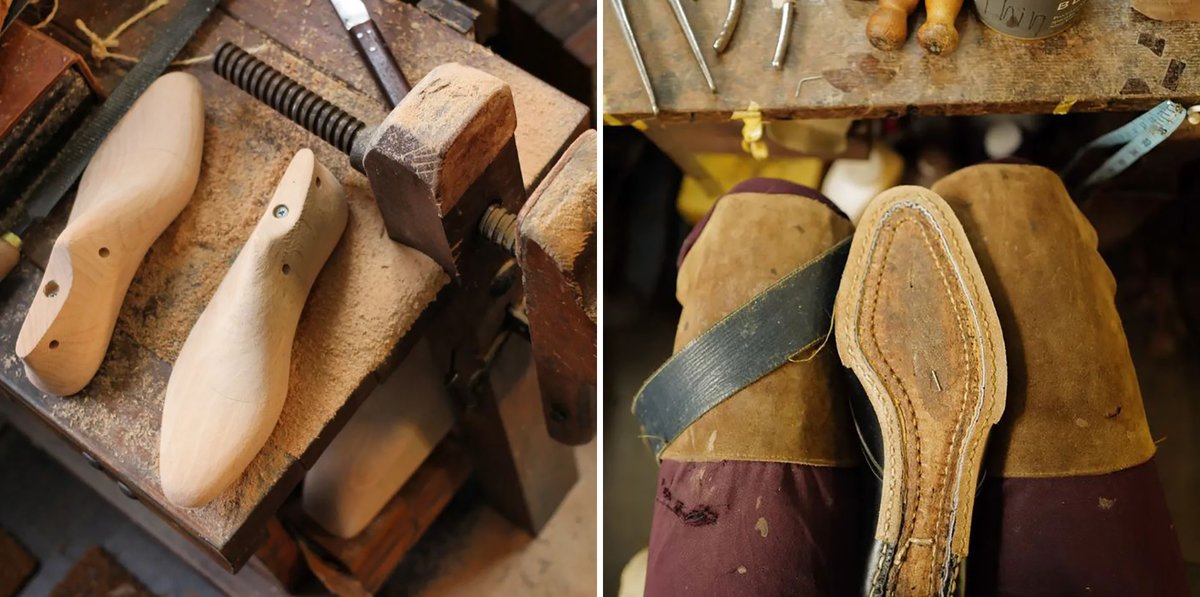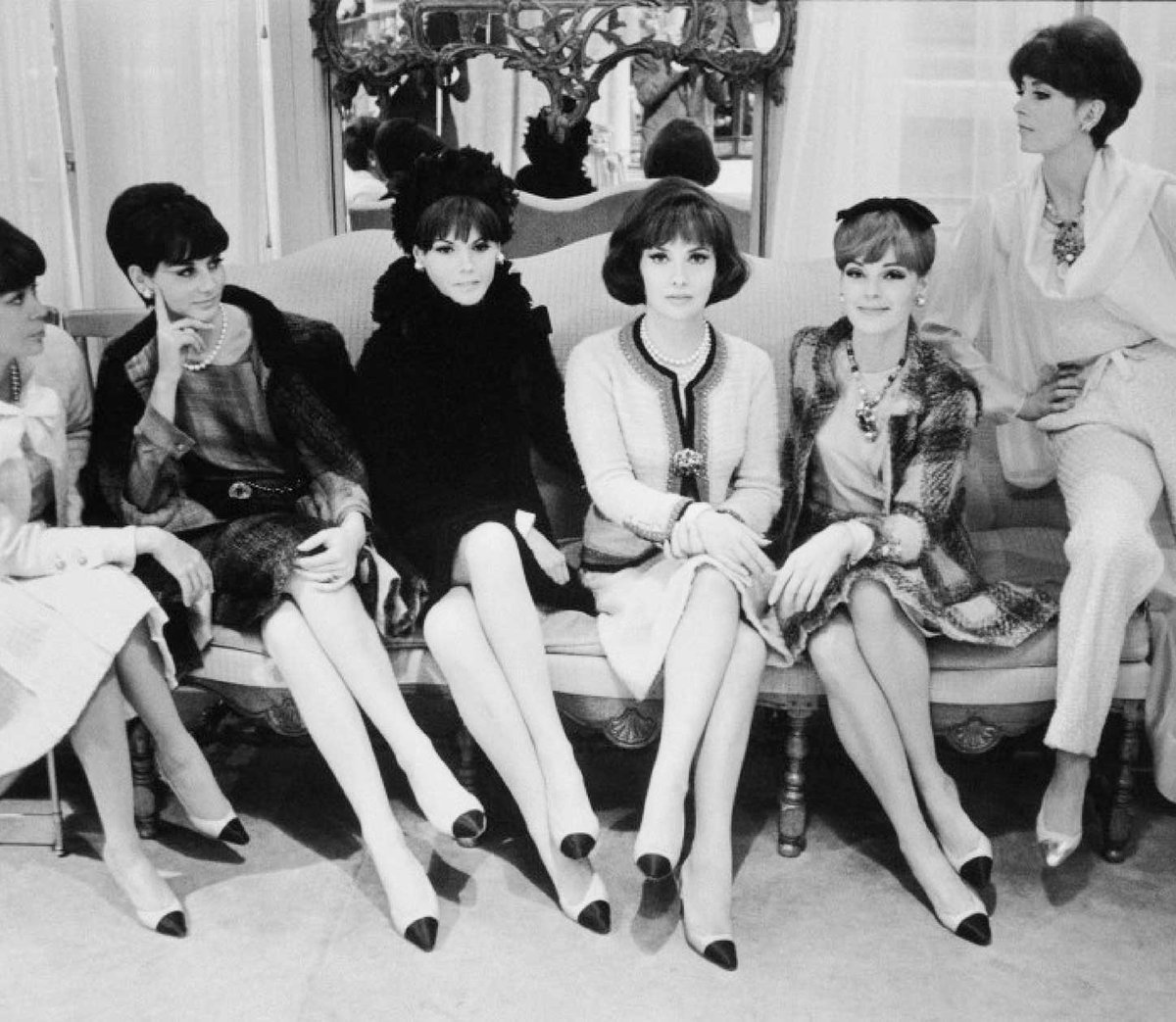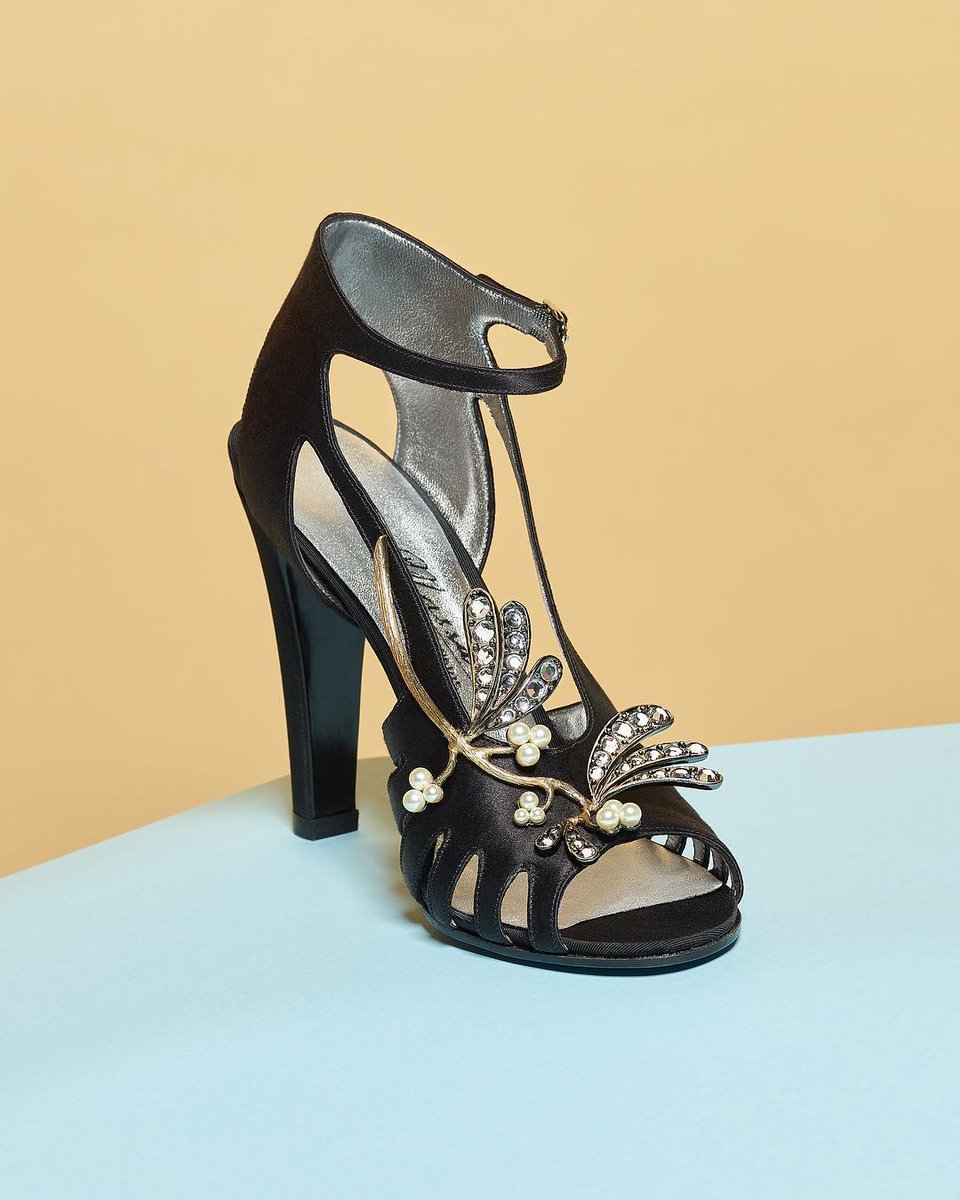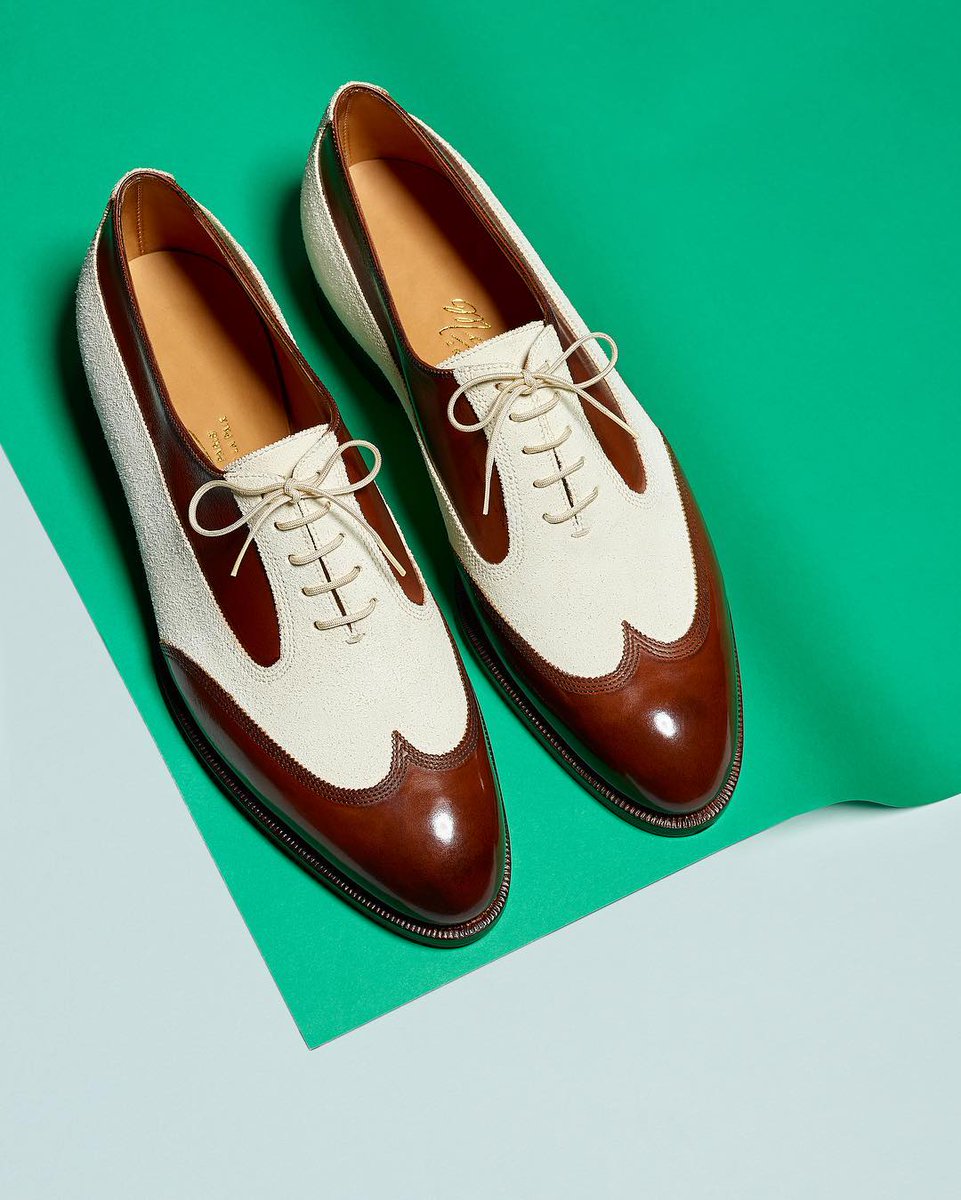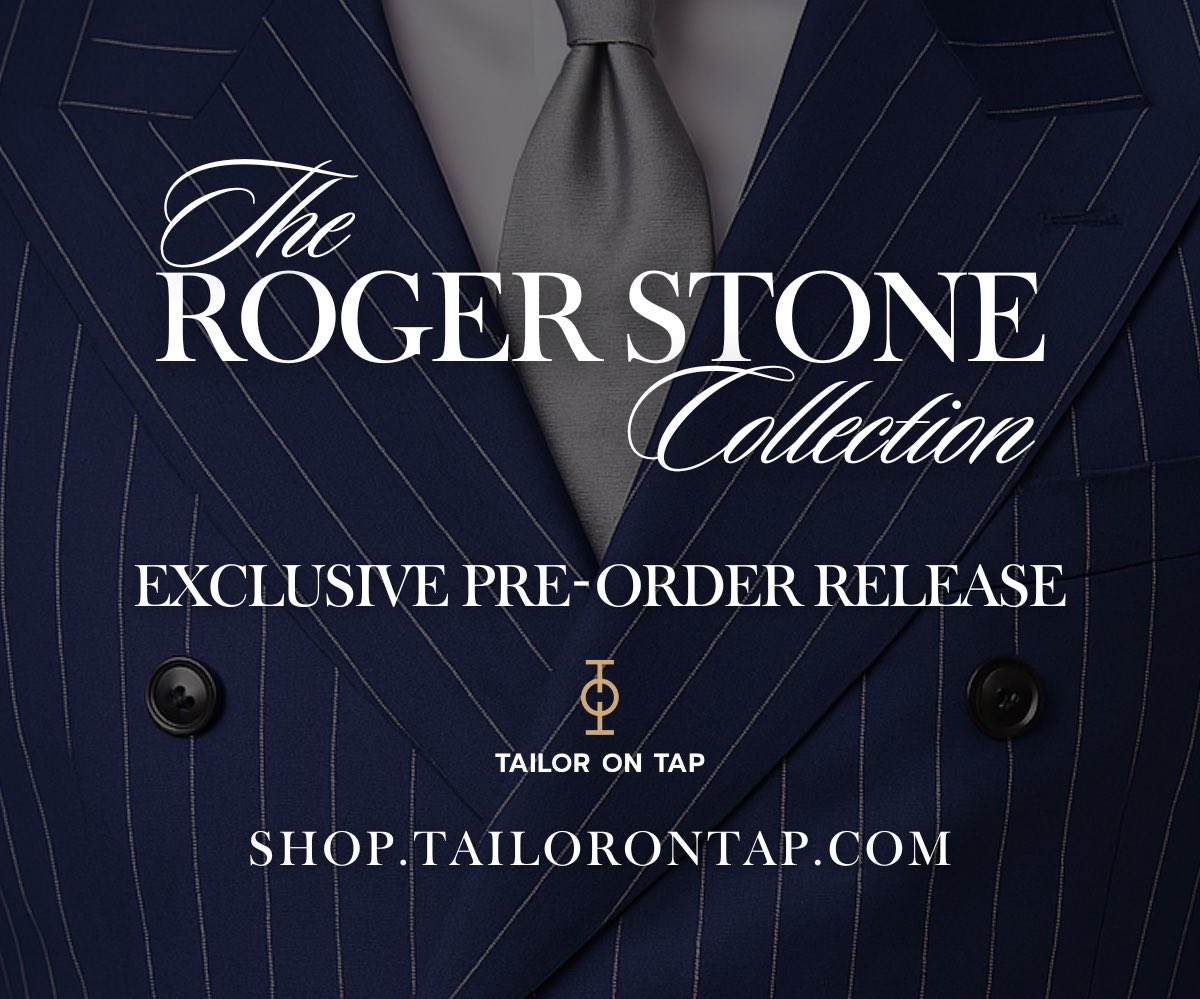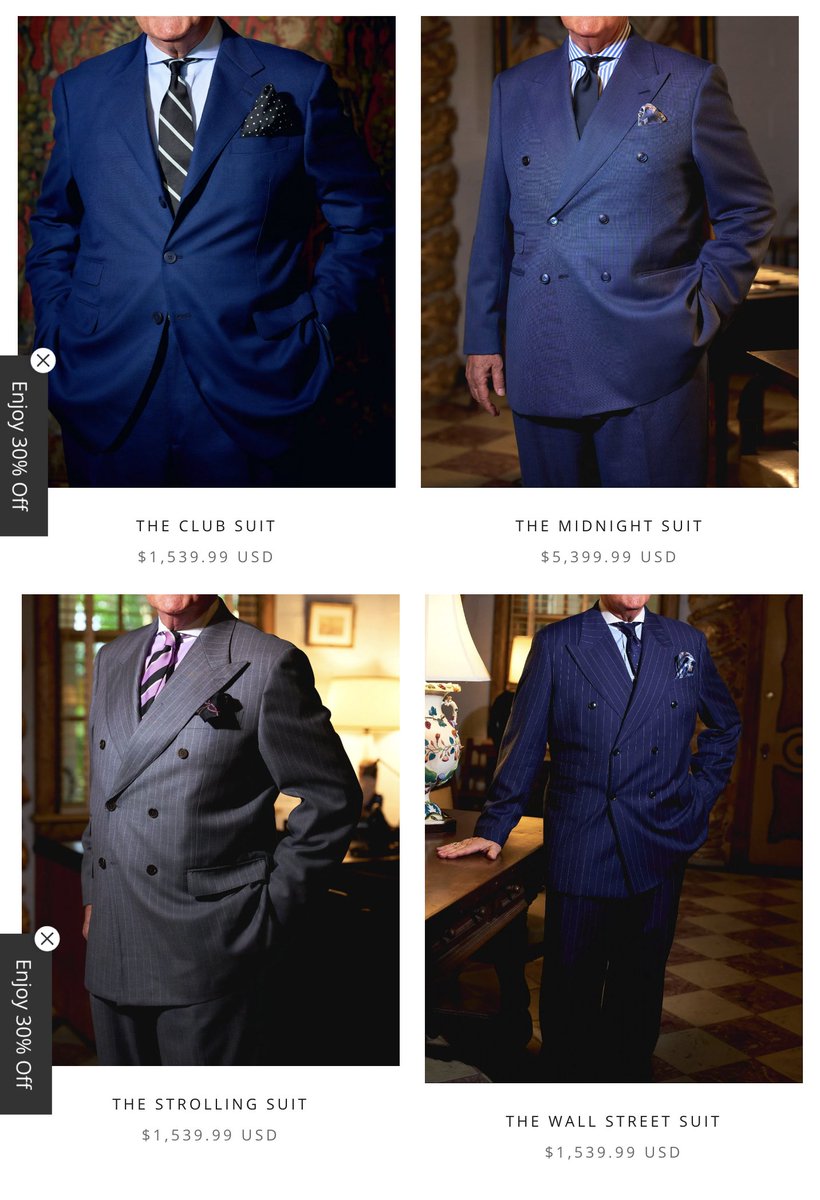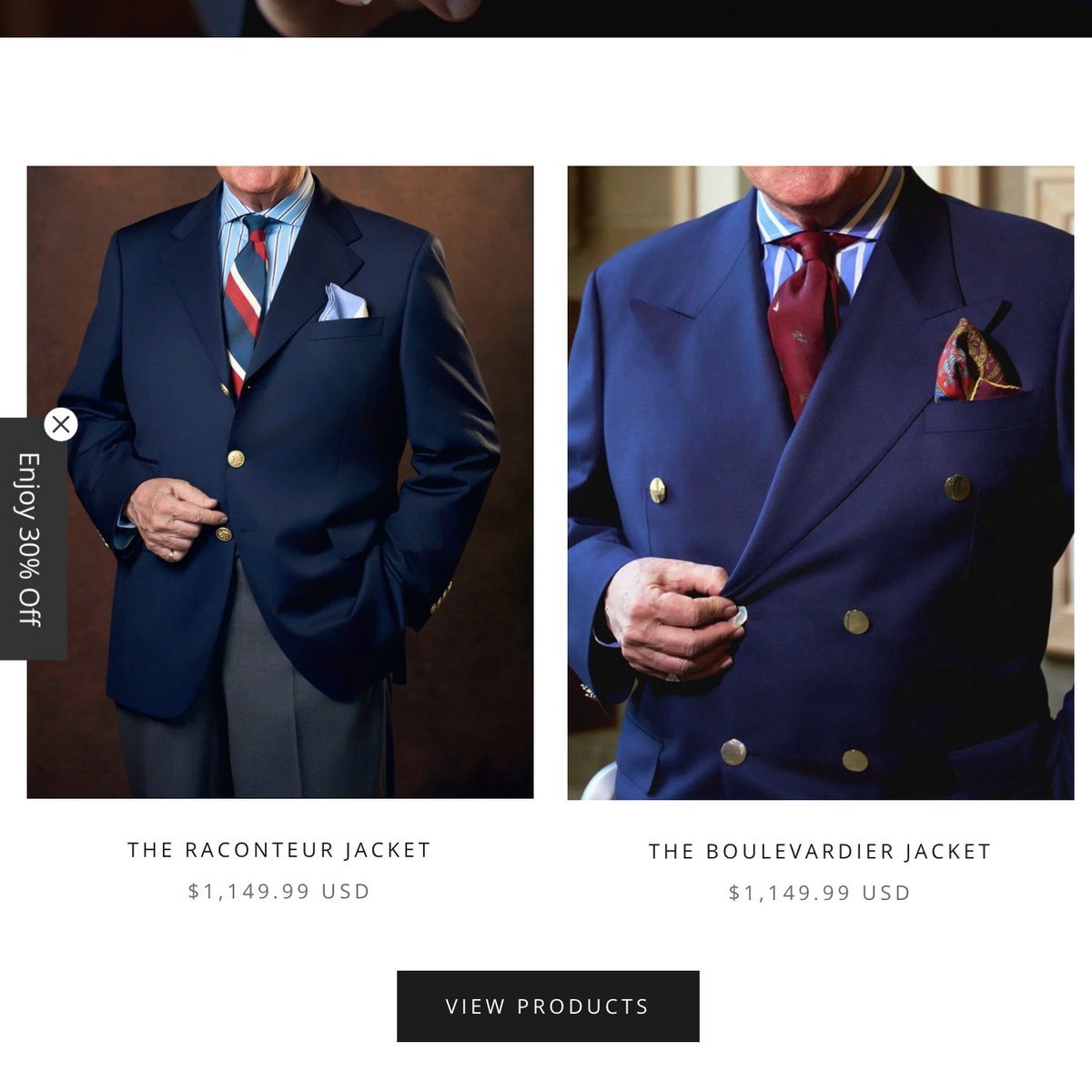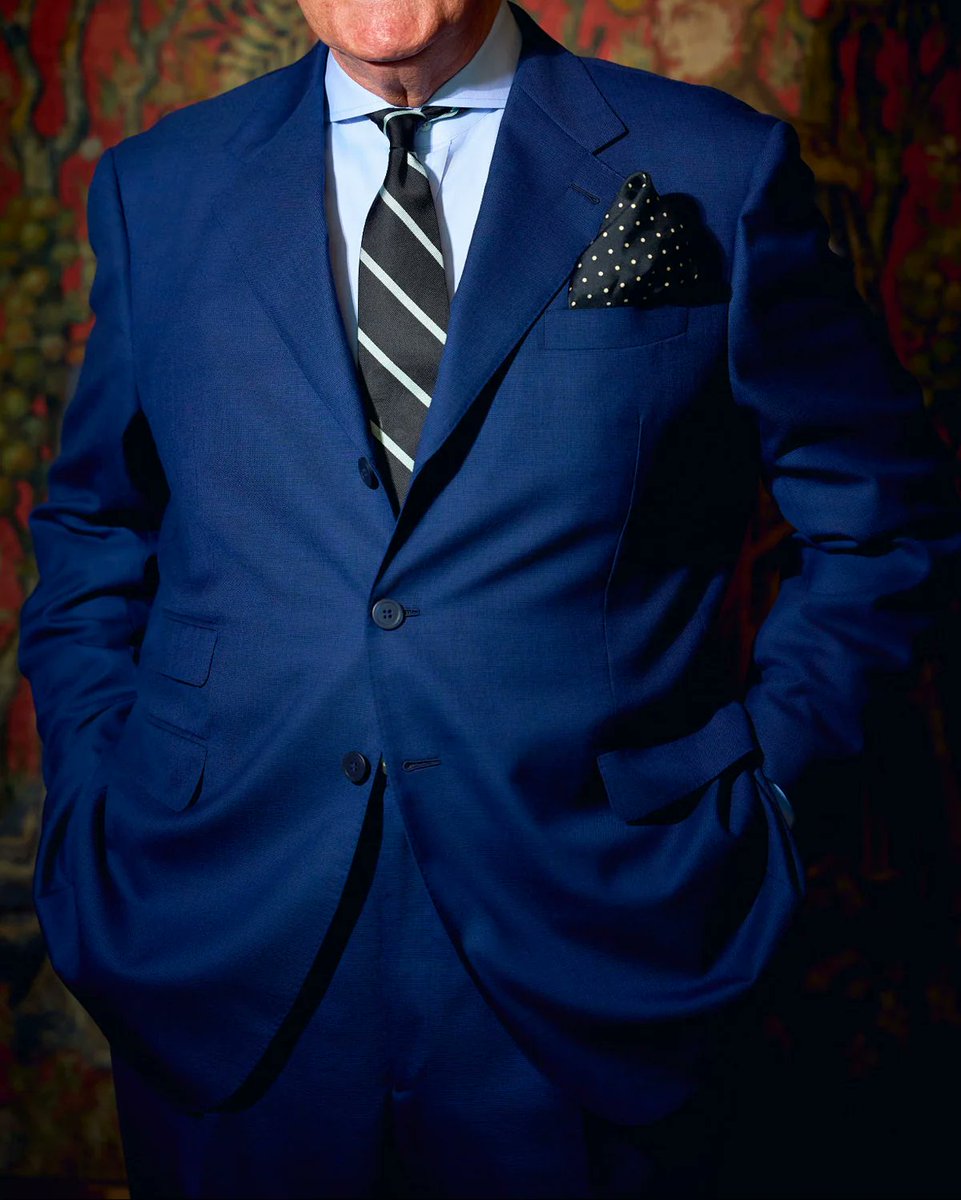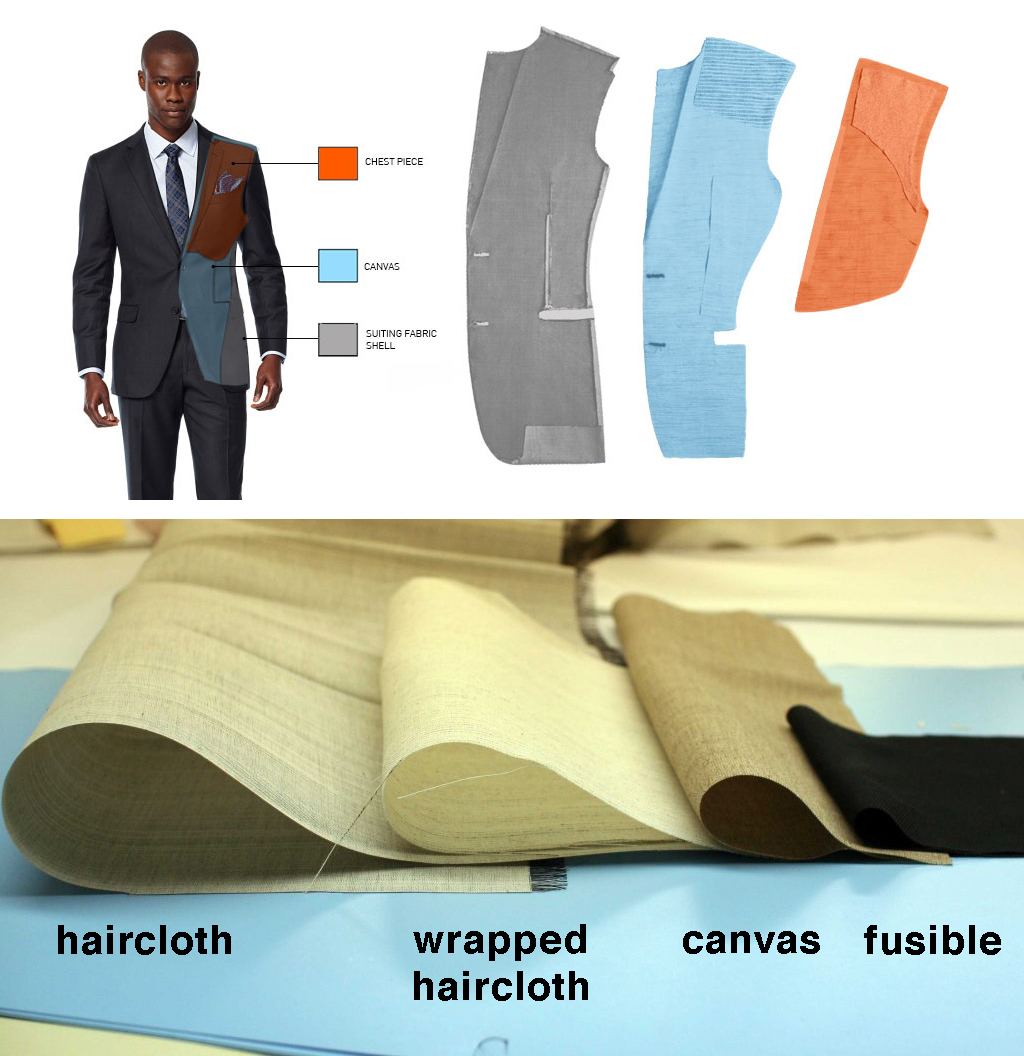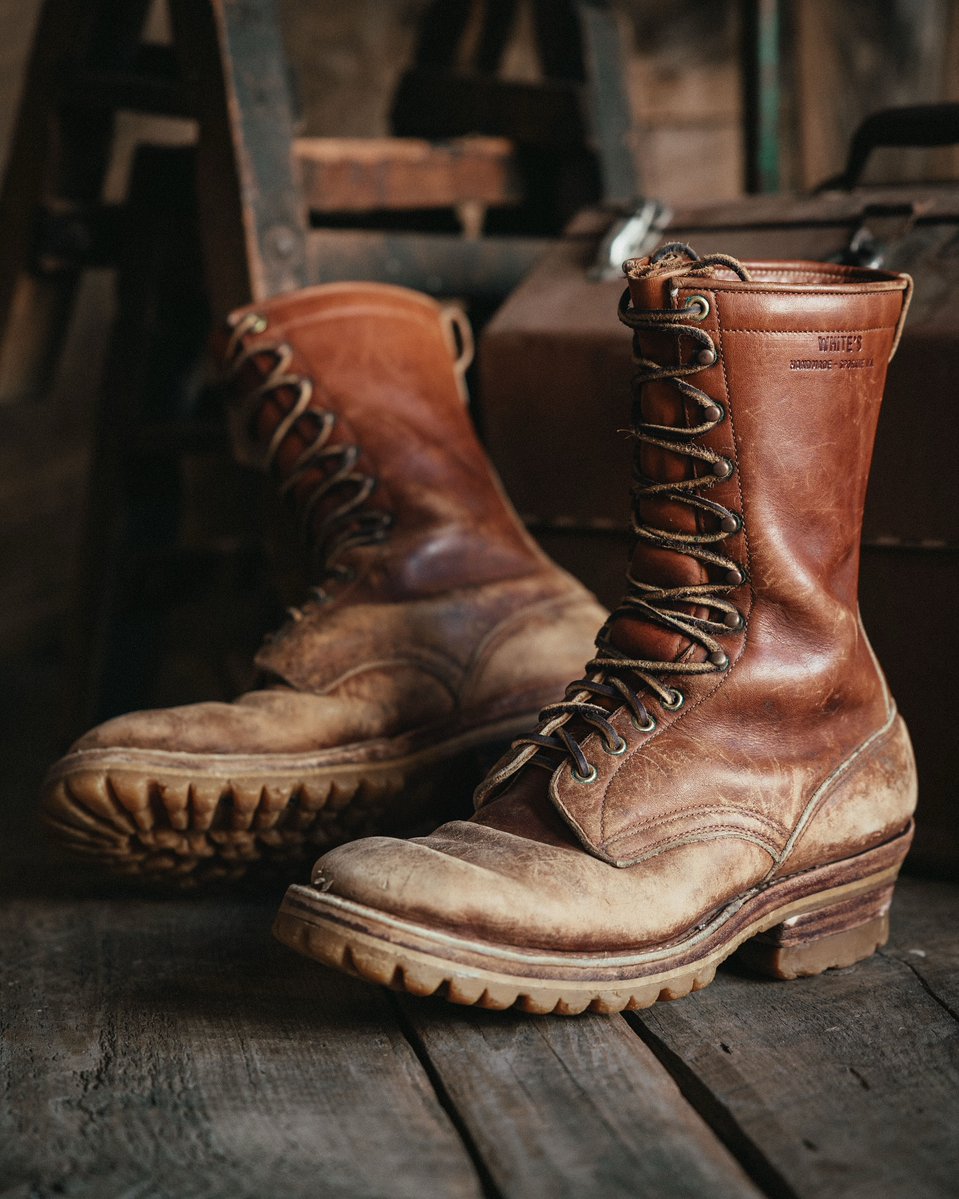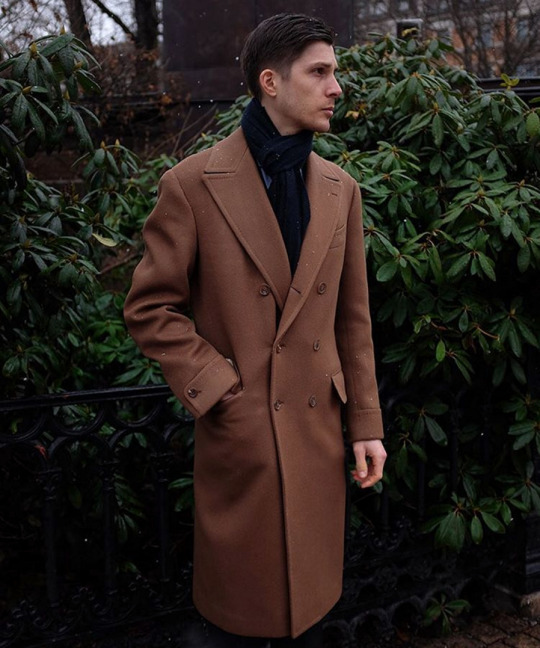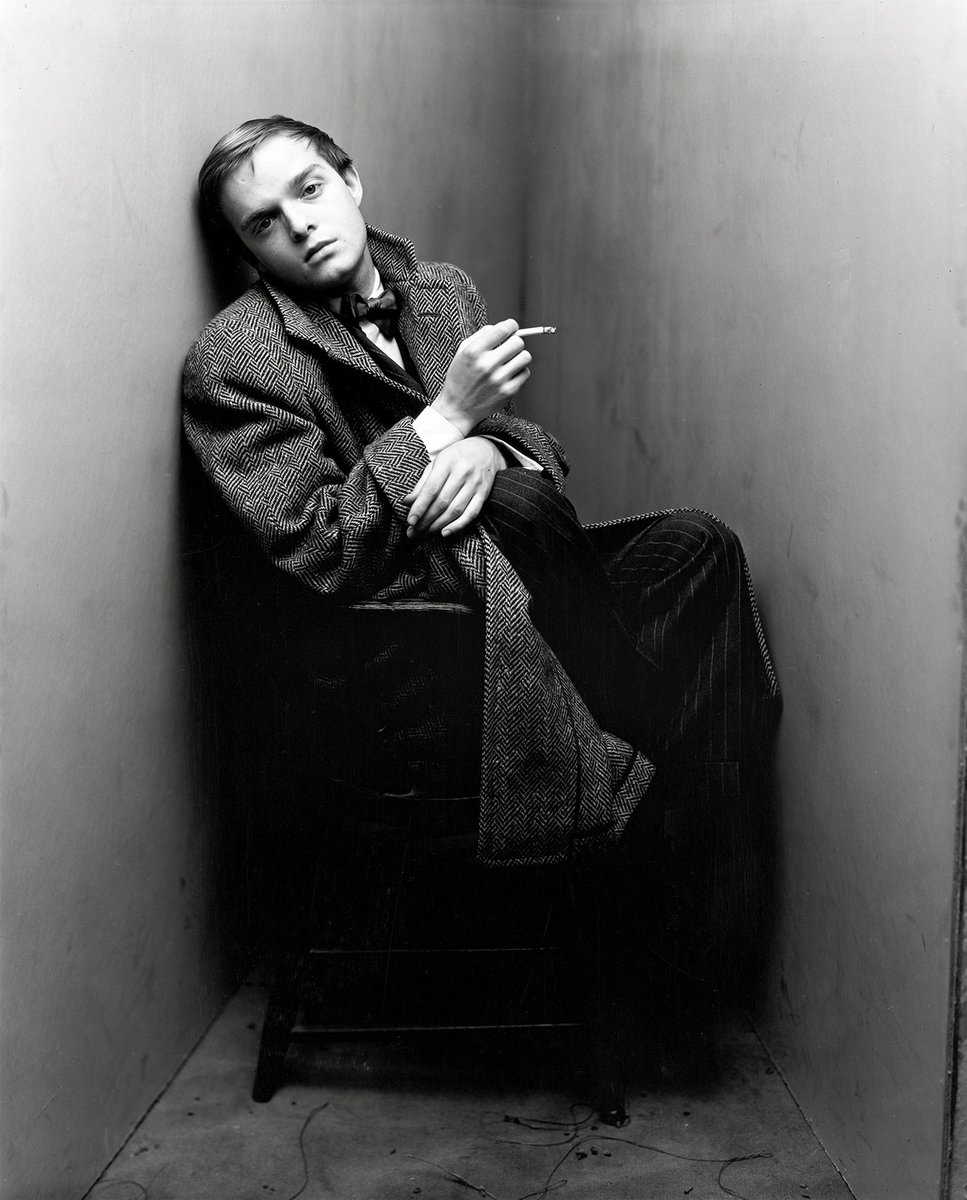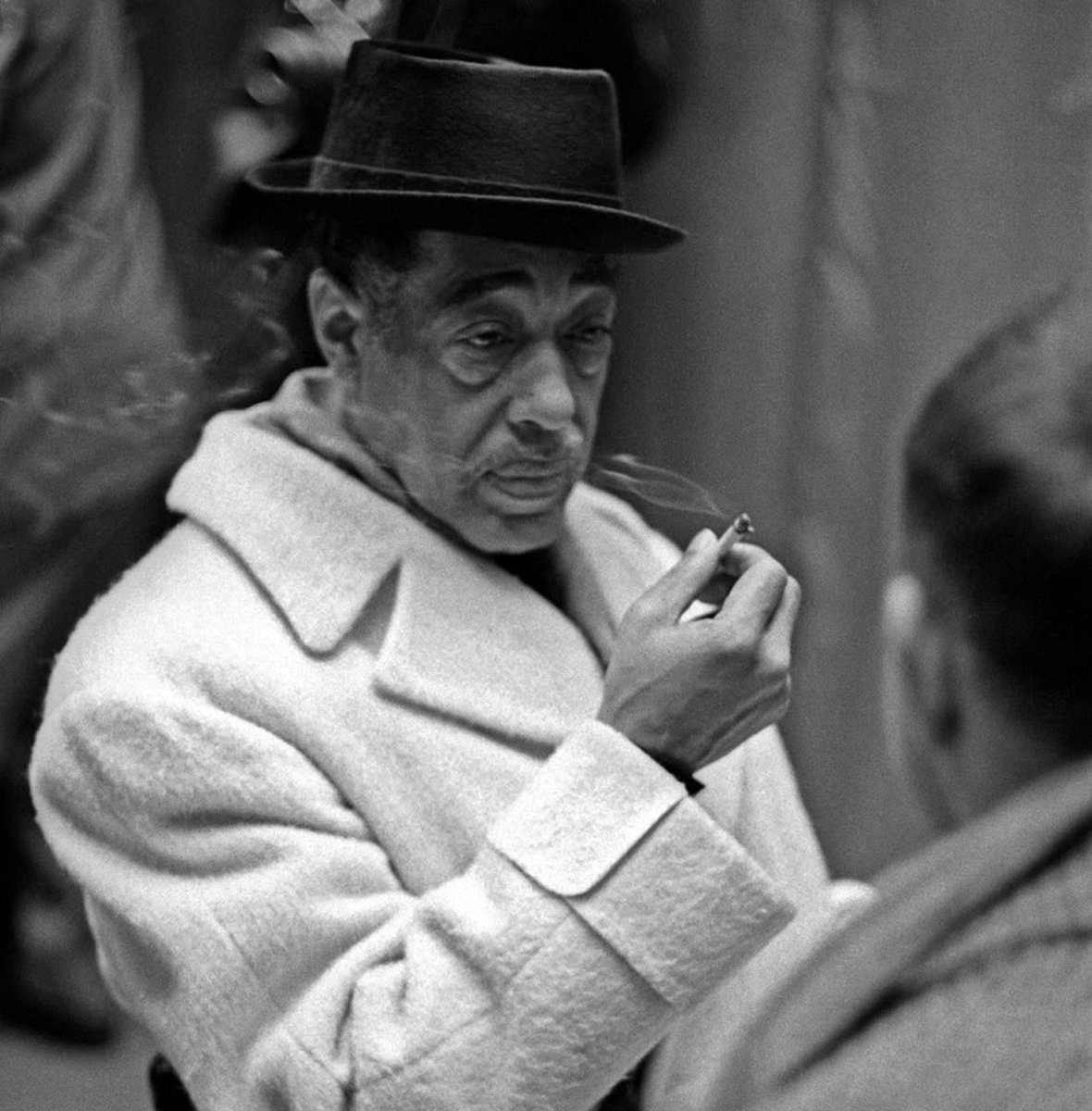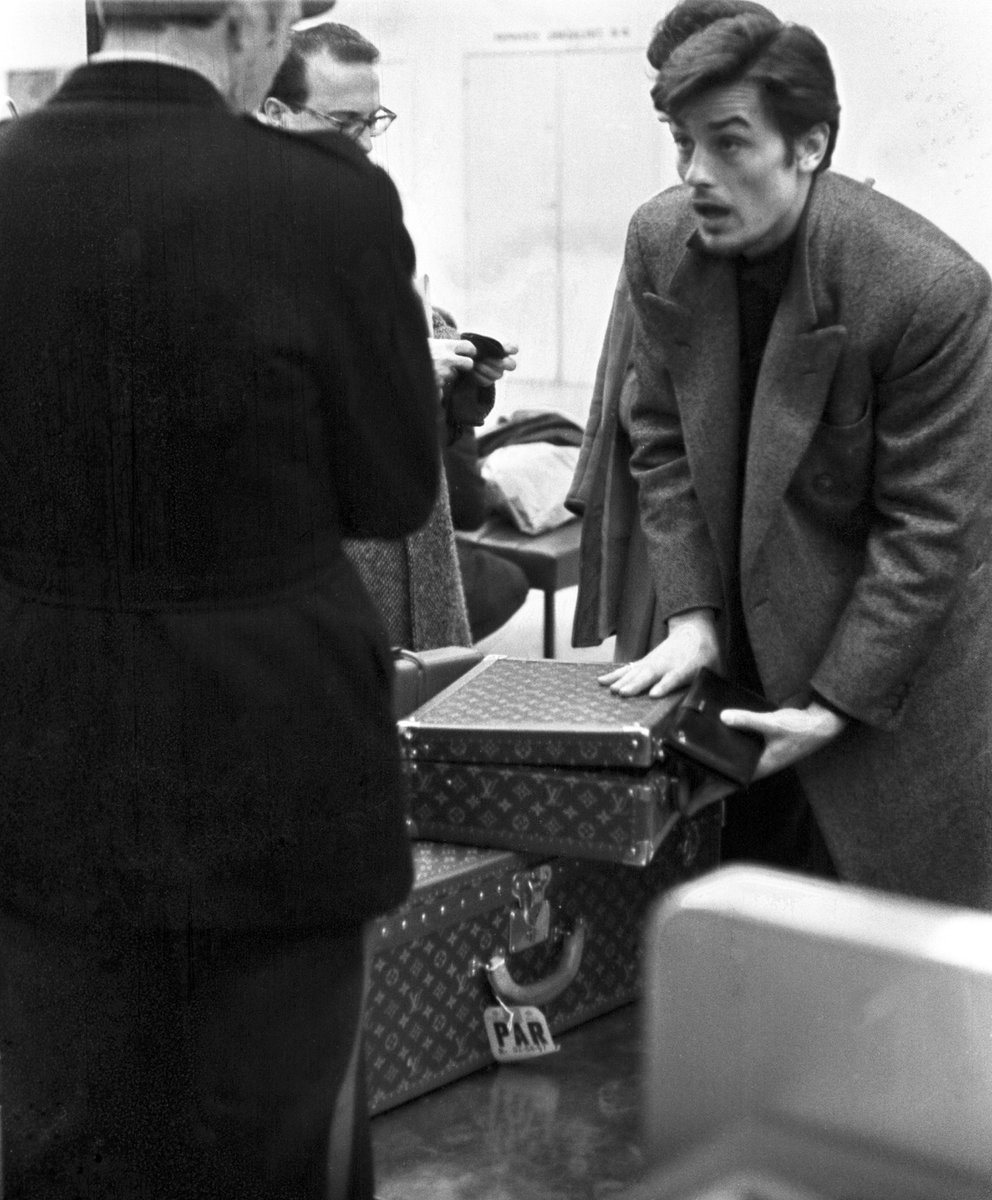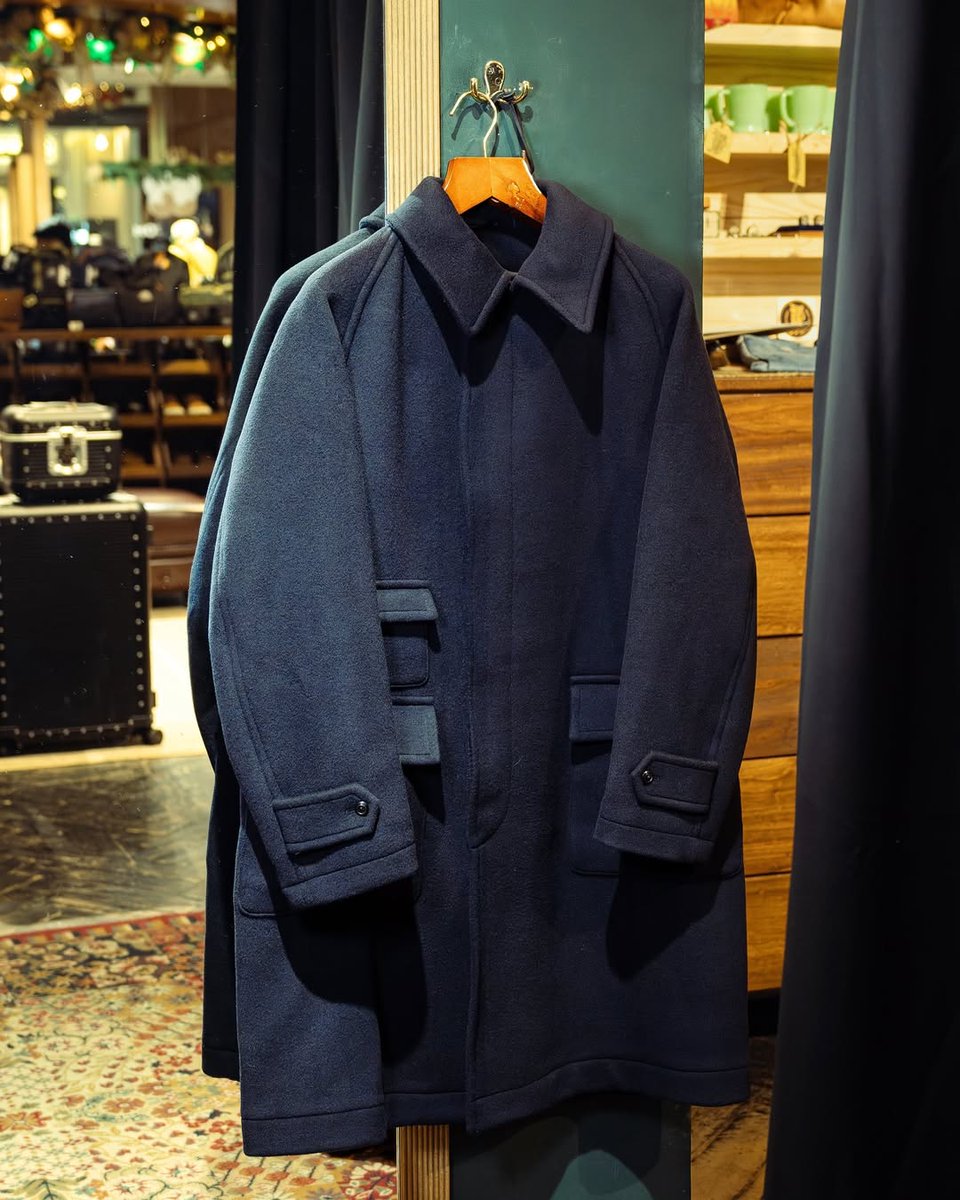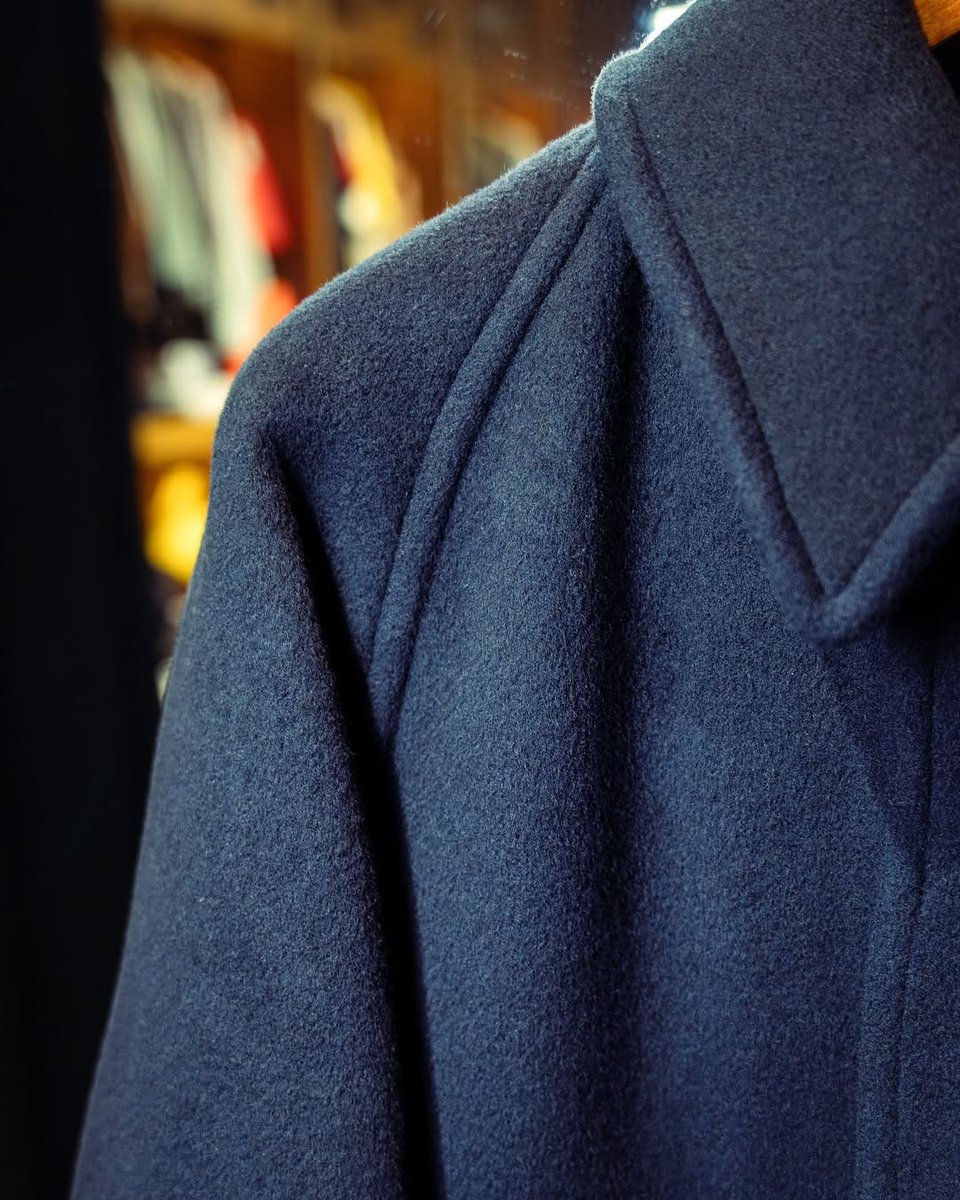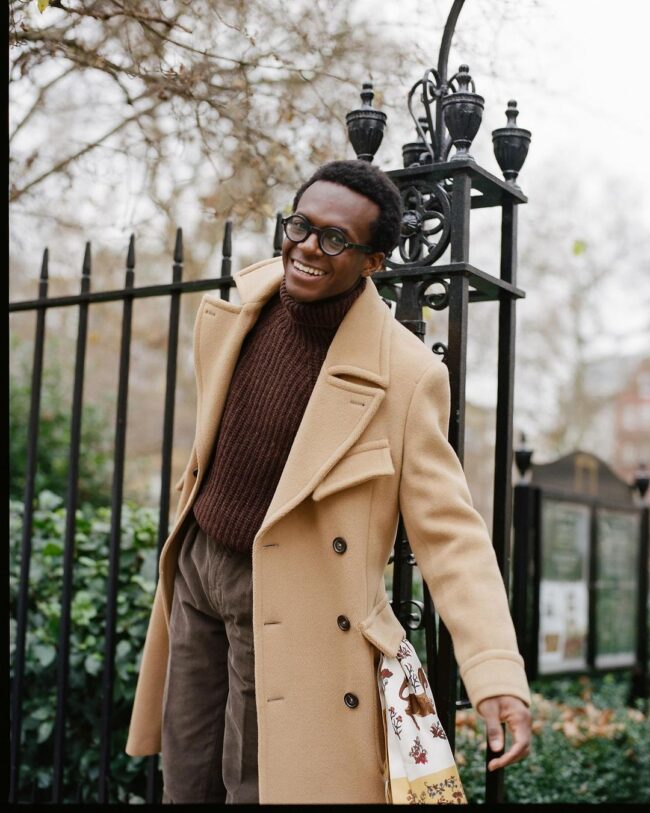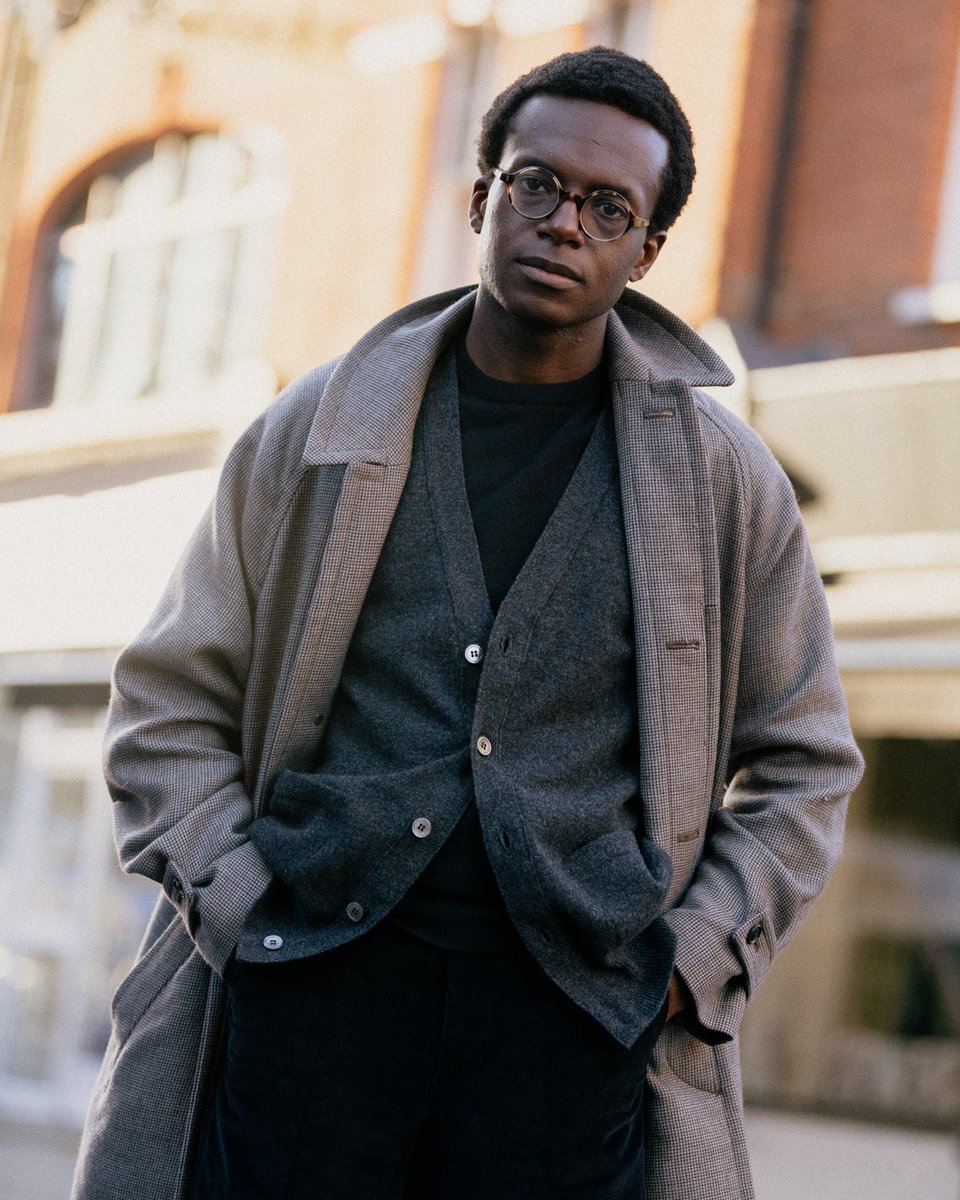People keep asking me to comment on Harrison Butker's clothes, as he seems to be a clotheshorse. Some note that his clothes look "off." In almost every instance, it's because his clothes are too small. I will demonstrate. 🧵 

In some cases, the outfits look bad because of poor styling decisions. These are bad fabrics. If you are starting to build a better wardrobe, it can be a good idea to avoid hard-finished fabrics with patterns. Without a fuzzy nap, the patterns can have very hard lines.




For example, compare the glen check woolen flannel on the left to the stripe on the right. A fuzzy nap will soften the lines, especially if the pattern is already not in high contrast. Mutes the blow.



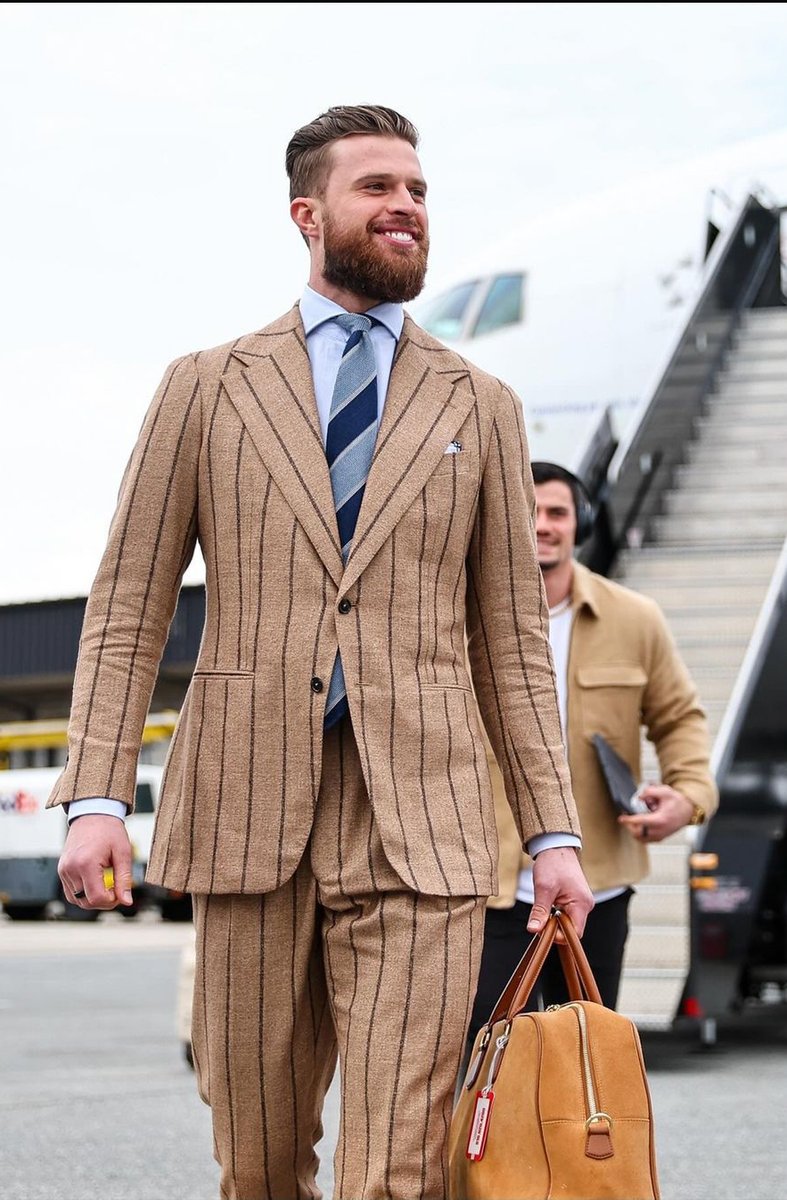
But in most cases, what people are picking up on is the effect of shrinking an outfit. Some of Harrison's outfits are good, and they're good mostly because the cuts are larger and longer. For example, which of these two looks better to you? Note the jacket length.




When you shrink a tailored outfit, you narrow the shoulders, shorten the jacket, raise the buttoning point, reduce the waist suppression, and emphasize the hips by heavily tapering the trousers. You end up looking like a bell.




Compare this to a more traditional silhouette, where you widen the shoulders, lengthen the jacket, lower the buttoning point, create more waist suppression, and loosen the pants. The result is a V-shaped torso on columnar legs.



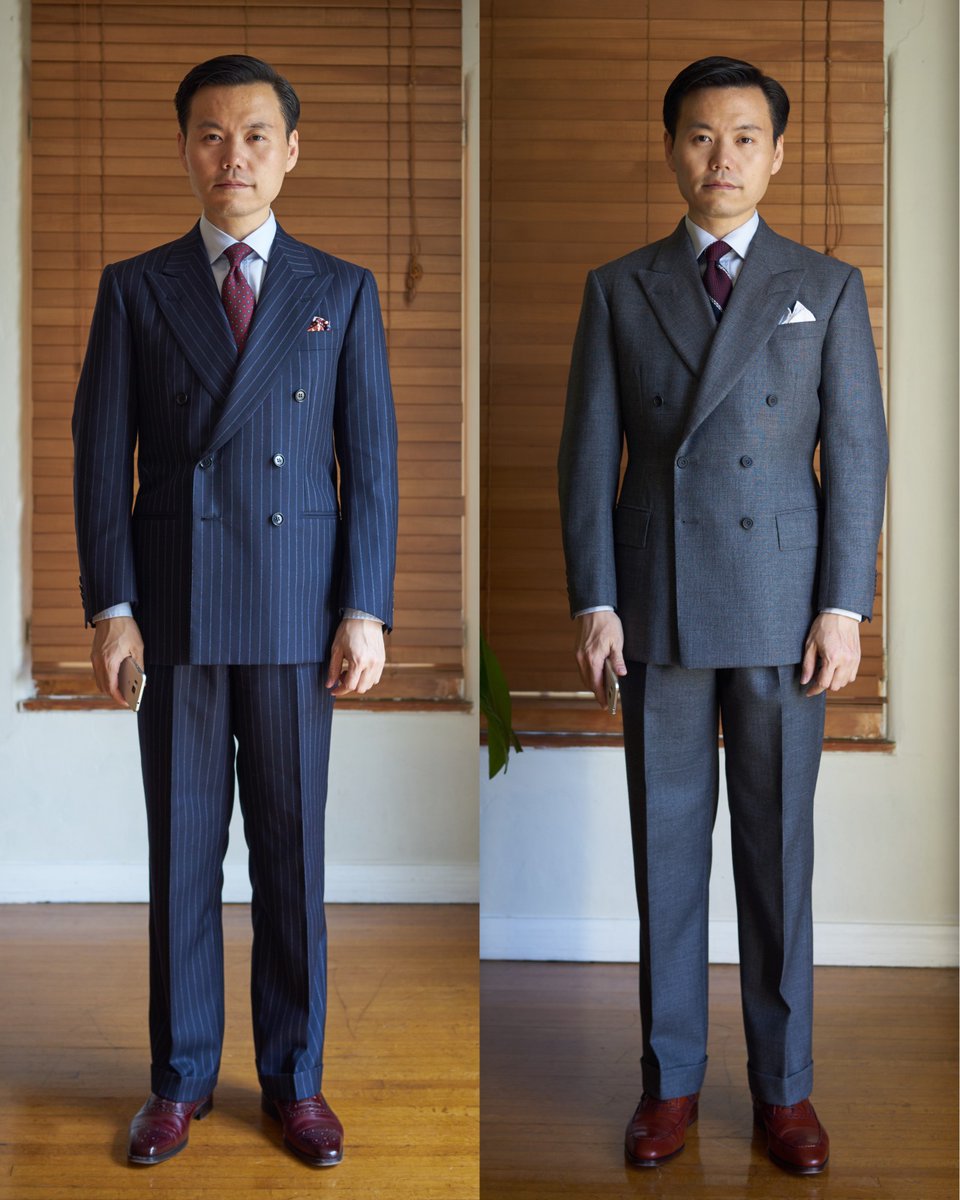
Some of Harrison's outfits are quite nice when they follow these principles and when he chooses more muted fabrics. His taste is not sophisticated enough yet for him to venture too far from these safe colors and muted patterns.



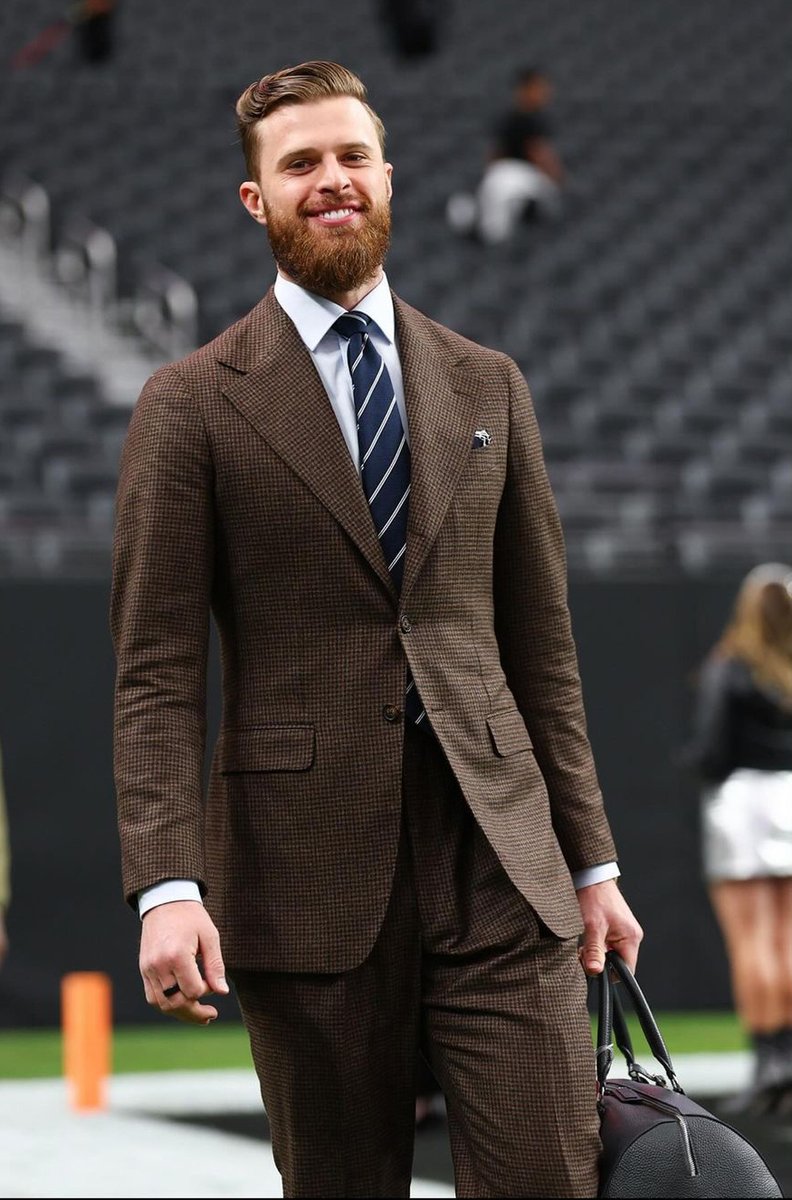
For instance, these fabrics are ugly. The effect is made worse by the heavily tapered trousers. Taste level is very low.




The influence of bad ready-to-wear trends and 2010 menswear editorials is also evident in the cut of these overcoats. They are too slim and too short, and again, they lack verve.




Harrison's outfits would be improved if he stuck to more traditional cuts and conservative fabrics. If he wants to venture further, he should choose a skilled tailor with good taste and not open his mouth. The less he inserts himself in the process, the better.



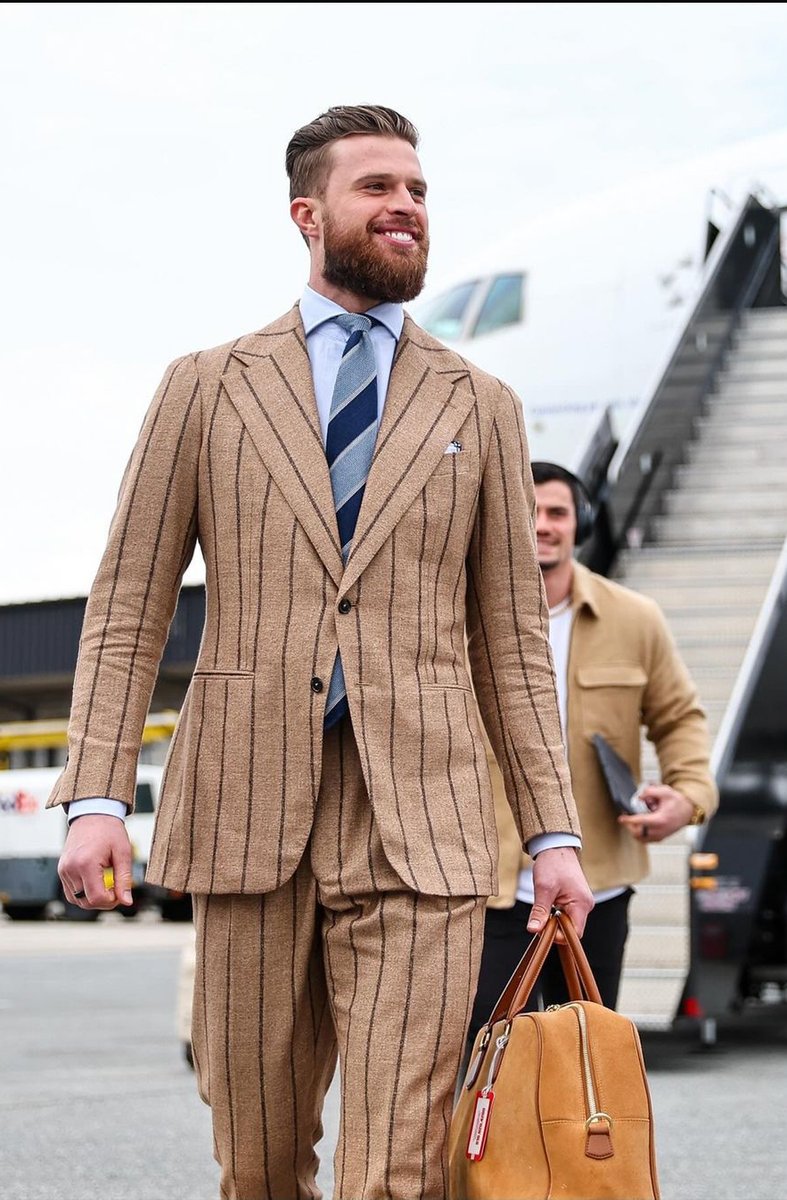
• • •
Missing some Tweet in this thread? You can try to
force a refresh














